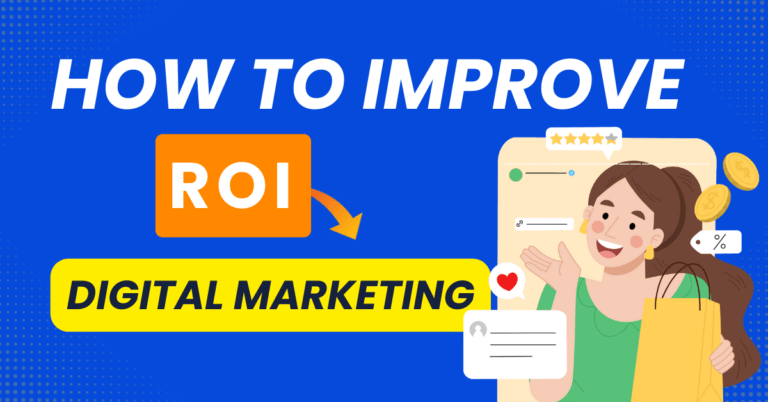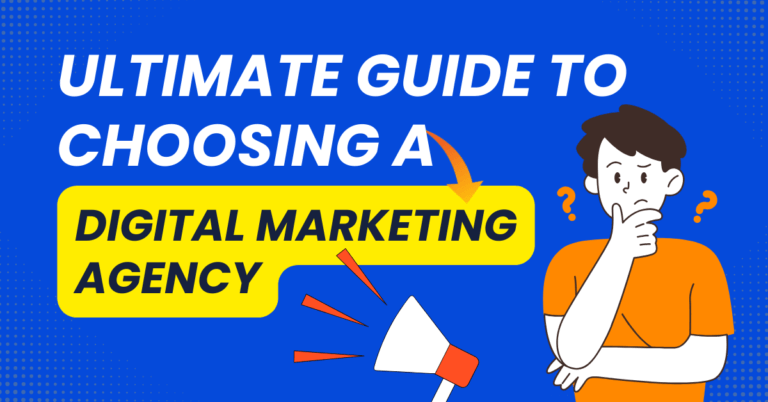In today’s fast-paced business world, digital marketing is more important than ever. It’s the secret sauce that helps businesses connect with customers, boost brand awareness, and drive sales.
Without a solid digital marketing strategy, your business might struggle to keep up with the competition. Digital marketing can transform your business by:
- Bringing in more traffic
- Generating leads
- Ultimately increasing revenue
Table of Contents
Why Digital Marketing Matters?
Let’s face it, we live in a digital age. Almost everyone is online, and your customers are no exception. Whether they’re scrolling through social media, searching on Google, or reading blogs, your potential customers are out there.
If your business isn’t visible where your audience is spending their time, you’re missing out on a lot of opportunities.
According to a study by Statista, over 5.3 billion people use the internet worldwide as of 2023.
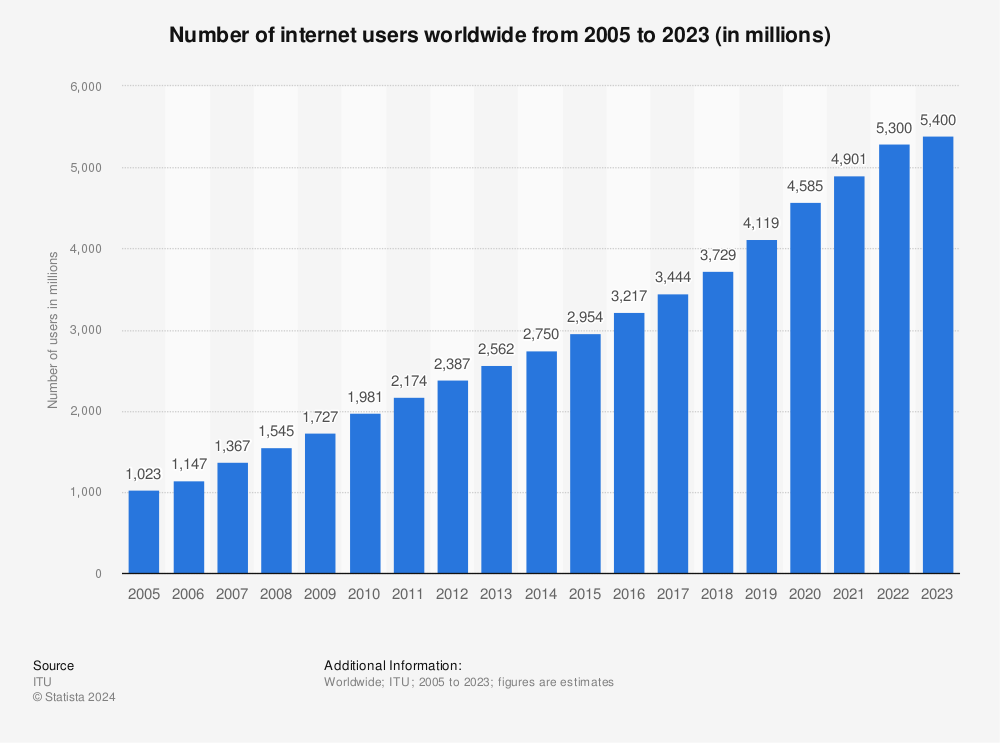
Find more statistics at Statista
This means your audience is likely online right now, waiting to discover your business. Digital marketing helps you reach these people.
It’s not just about having a website or a social media page. It’s about creating a comprehensive strategy that includes SEO, content marketing, social media, email campaigns, and more. Each of these elements plays a critical role in attracting and retaining customers.
(i) The Impact on Your Business
A well-executed digital marketing strategy can have a massive impact on your business. Here’s how:
- Increased Visibility: More people will find your business online.
- Better Engagement: You’ll build stronger relationships with your audience.
- Higher Conversion Rates: More website visitors will turn into paying customers.
For example, companies that blog receive 97% more links to their websites, which helps boost their search engine rankings and visibility, according to HubSpot.
But how do you know if your current digital marketing efforts are up to par? That’s where this article comes in.
Purpose of the Article
The purpose of this article is to help you identify if your business needs a digital marketing overhaul. We’ll go through ten clear signs that might indicate it’s time for a change.
By the end of this read, you’ll have a good sense of whether your digital marketing strategy is on the right track or if it needs some serious revamping.
Stick around as we dive into the top signs your business might need a digital marketing makeover. Let’s make sure your marketing efforts are working as hard as you do!
Sign 1: Declining Website Traffic
Why Consistent Website Traffic is Crucial?
Imagine having a physical store with fewer and fewer customers walking in each day. That’s what declining website traffic feels like in the digital world.
Consistent website traffic is crucial because it indicates that people are interested in what your business offers. More traffic means more potential leads, more sales, and ultimately more revenue.
According to study by HubSpot, businesses that consistently publish blog content see a significant increase in website traffic.

In fact, companies that blog have 55% more website visitors than those that don’t. This highlights the importance of consistent content creation to maintain and grow your traffic.
Indicators of Declining Traffic
So, how can you tell if your website traffic is declining? Here are some common indicators:
- Decreased Page Views: If fewer people are viewing your pages, it’s a clear sign of trouble.
- Lower Session Duration: If visitors spend less time on your site, it means they’re not finding what they need.
- Higher Bounce Rate: If visitors leave after viewing just one page, it’s a sign that your content isn’t engaging them.
Furthermore, Moz’s research shows that high bounce rates can severely affect your search engine rankings, making it harder for new visitors to find your site. This is why keeping your content engaging and relevant is so important.
How to Check Your Website Traffic Trends?
To monitor your website traffic trends, you can use tools like Google Analytics. It’s a powerful tool that provides detailed insights into your website’s performance.
- Set Up Google Analytics: If you haven’t already, set up Google Analytics for your website. Here’s a guide to help you get started.
- Track Traffic Over Time: Once set up, you can track your website traffic over various periods (daily, weekly, monthly). Look for trends and patterns. Are there specific times when traffic drops significantly?
- Analyze Traffic Sources: Google Analytics allows you to see where your traffic is coming from—whether it’s organic search, social media, referrals, or direct visits. Identifying the sources can help you understand what’s working and what’s not.
By regularly monitoring your website traffic with tools like Google Analytics, you can catch these issues early and take action to address them. If you notice a downward trend, it might be time to revisit your digital marketing strategy.
Sign 2: Low Conversion Rates
Alright, let’s talk about conversion rates. If you’re getting plenty of visitors to your site but very few are turning into customers, that’s a red flag.
Conversion rates are a crucial metric for any business because they directly impact your revenue.
Importance of Converting Visitors into Customers
Think of your website as a shop. Having lots of visitors is great, but if they’re not buying anything, your shop isn’t doing its job. Converting visitors into customers is essential because it’s how you make money and grow your business.
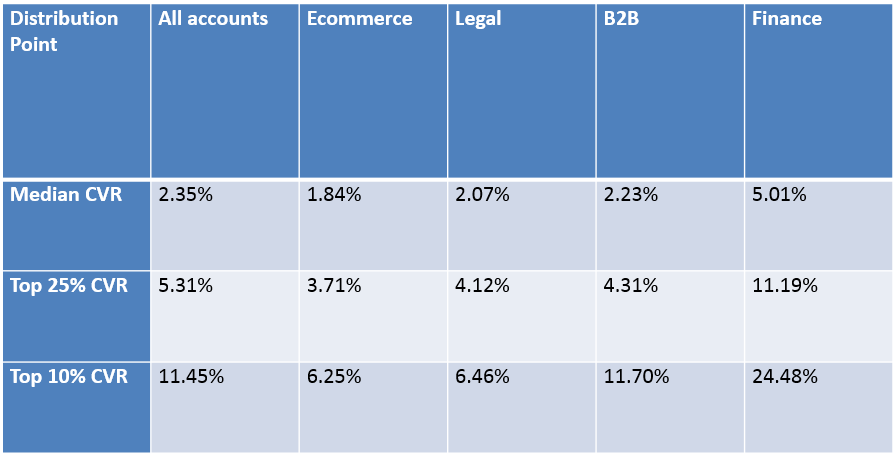
According to a report by WordStream, the average conversion rate across industries is around 2.35%. If your conversion rate is significantly lower, it might be time for a change.
What Constitutes a Low Conversion Rate?
So, what exactly is a low conversion rate? It varies by industry, but generally speaking, if your conversion rate is below 2%, you should take a closer look.
For example, the e-commerce industry has an average conversion rate of around 2.58%, while sectors like finance and insurance can see rates above 10%.
Tips on Analyzing and Improving Conversion Rates
- Analyze User Behavior: Tools like Google Analytics can help you understand what’s happening on your site. Look at where visitors are dropping off. Are they leaving after viewing one page? Are they abandoning their carts? Understanding these patterns is the first step to improvement.
- Optimize Your Landing Pages: Your landing pages play a huge role in conversion. Make sure they are clear, compelling, and have a strong call-to-action (CTA). A/B testing different versions of your landing pages can also help you determine what works best.
According to Unbounce, businesses that use landing pages for marketing campaigns see a conversion rate improvement of up to 220%. - Simplify the Checkout Process: For e-commerce sites, a complicated checkout process can be a conversion killer. Streamline your checkout process by minimizing the number of steps, offering multiple payment options, and ensuring a smooth user experience. Baymard Institute reports that the average cart abandonment rate is around 69.57%. Simplifying the process can significantly reduce this number.
- Use Social Proof: Customer reviews, testimonials, and case studies can boost your credibility and encourage visitors to convert.
A study by BrightLocal found that 87% of consumers read online reviews for local businesses, with 91% saying positive reviews make them more likely to use a business.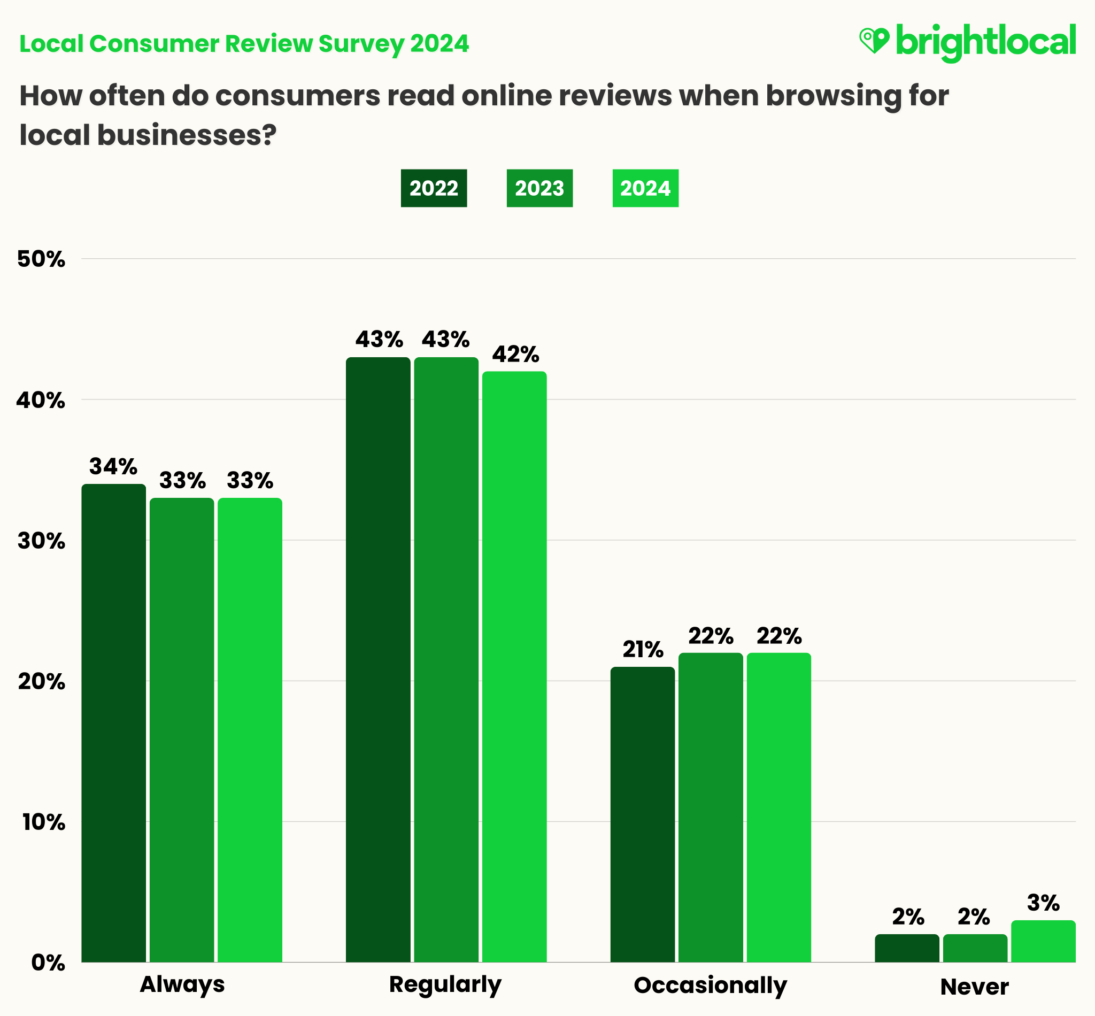 image source BrightLocal
image source BrightLocal - Retargeting Campaigns: Sometimes, visitors just need a little nudge. Retargeting ads can remind them of the products or services they viewed on your site, encouraging them to return and complete their purchase. According to AdRoll, retargeting can boost conversion rates by up to 150%.
By focusing on these areas, you can improve your conversion rates and turn more visitors into loyal customers. If your rates are low, don’t fret. Use these tips to start making positive changes today!
Sign 3: Poor Search Engine Rankings
Let’s talk about something crucial: Search Engine Optimization (SEO). It’s like the magic wand that can make or break your online presence.
Here’s why it matters and how to tell if your site needs an SEO boost.
Role of SEO in Digital Marketing
SEO isn’t just about stuffing keywords anymore. It’s about making sure your website speaks the language search engines understand. When done right, SEO can catapult your site to the top of search results, making it easier for potential customers to find you.
According to Moz, SEO can increase organic traffic by up to 20%, highlighting its importance in driving traffic to your site.
Signs Your Website Isn’t Ranking Well on Search Engines
Ever Googled your own business and didn’t find it on the first page? That’s a big red flag.
Low visibility on search engines means fewer clicks, fewer leads, and ultimately, less revenue. If your competitors are outranking you, it’s time to step up your SEO game.
Here are some signs that your SEO might be lacking:
– Low Organic Traffic: Use tools like Google Analytics to check your traffic trends. If you notice a decline, it could be due to poor SEO.
– No Ranking for Keywords: Tools like SEMrush or Ahrefs can help you see if you’re ranking for the keywords that matter to your business. If you’re not, it’s time to optimize your content.
– Poor Site Speed: Google’s PageSpeed Insights shows that a slow-loading site can increase bounce rates and hurt your rankings. Aim for a loading time of under 3 seconds.
Basic SEO Strategies to Boost Rankings
Here are a few simple strategies to improve your SEO:
- Keyword Optimization: Use relevant keywords naturally throughout your content. Google’s Keyword Planner can help you find the right keywords for your business.
- Quality Content: Write engaging, informative content that solves your audience’s problems. Content with high word count and comprehensive information tends to perform better, according to Backlinko.
- Meta Tags and Descriptions: Optimize meta titles and descriptions to attract clicks. Search engines like Yoast SEO can guide you in optimizing these tags effectively.
- Mobile-Friendliness: Ensure your site is responsive and loads fast on all devices. Google’s Mobile-Friendly Test is a handy tool to check this.
- Backlinks: Build high-quality backlinks from reputable sites to boost authority. Research by Backlinko shows that backlinks remain a crucial ranking factor.
By focusing on these basics, you can start climbing the search engine ladder and getting the visibility your business deserves.
Sign 4: Lack of Social Media Engagement
Let’s dive into the world of social media. It’s not just for sharing cute cat videos—it’s a powerhouse for brand awareness and customer engagement. If your social media efforts aren’t hitting the mark, it might be time for a digital marketing overhaul.
The Impact of Social Media on Brand Awareness and Customer Engagement
Social media platforms like Facebook, Instagram, Twitter, and LinkedIn are essential for building brand awareness and engaging with customers.
According to Hootsuite, 4.48 billion people use social media worldwide. That’s a massive audience you can tap into to showcase your brand, share your story, and connect with customers on a personal level.

Brands that are active on social media see higher engagement rates, which translates to more loyal customers and increased sales.
Indicators of Poor Social Media Performance
Wondering if your social media performance is lagging? Here are some telltale signs:
- Low Engagement Rates: Few likes, comments, shares, or retweets on your posts.
- Decreasing Follower Count: Losing followers faster than gaining them.
- Inconsistent Posting: Irregular updates and long gaps between posts.
- Minimal Reach: Posts not reaching a wide audience, indicated by low impressions and views.
- Lack of Interaction: Few direct messages, mentions, or tags from your audience.
Research from Sprout Social indicates that the average engagement rate across all industries on Facebook is 0.09%. If your engagement rate is significantly lower, it’s a sign your social media strategy needs work.
Strategies to Increase Social Media Engagement
Boosting your social media engagement doesn’t have to be complicated. Here are some effective strategies:
- Post Consistently: Maintain a regular posting schedule to keep your audience engaged. According to CoSchedule, the optimal posting frequency is once a day on Instagram and Facebook, and up to 15 times a day on Twitter.
- Create High-Quality Content: Share valuable, relevant, and visually appealing content that resonates with your audience. Infographics, videos, and user-generated content tend to perform well.
- Engage with Your Audience: Respond to comments, messages, and mentions promptly. Show your followers that you value their interaction.
- Use Hashtags Strategically: Incorporate popular and relevant hashtags to increase the visibility of your posts. Posts with at least one hashtag see a 12.6% increase in engagement, according to Sprout Social.
- Run Contests and Giveaways: Encourage participation by offering incentives like contests or giveaways. This can significantly boost engagement and attract new followers.
- Collaborate with Influencers: Partner with influencers in your industry to reach a broader audience. Influencer marketing can yield an average ROI of $5.20 for every $1 spent, according to Influencer Marketing Hub.
By implementing these strategies, you can enhance your social media presence and foster a more engaged community around your brand.
Sign 5: Outdated Website Design
Let’s talk about your website design. A modern, user-friendly website is crucial for making a good impression.
Importance of a Modern, User-Friendly Website
First impressions matter. Your website is often the first interaction potential customers have with your business. A modern, user-friendly design can increase visitor engagement and boost conversion rates.
According to Stanford University, 75% of users judge a company’s credibility based on its website design.
Signs Your Website Design is Outdated
How do you know if your website design is outdated? Here are some signs to look out for:
- Slow Load Times: Visitors leave if your site takes too long to load.
- Non-Responsive Design: Your site doesn’t look good on mobile devices.
- Cluttered Layout: Too much information crammed into one page.
- Outdated Visuals: Old graphics and styles that don’t match current trends.
- Difficult Navigation: Users struggle to find information quickly.
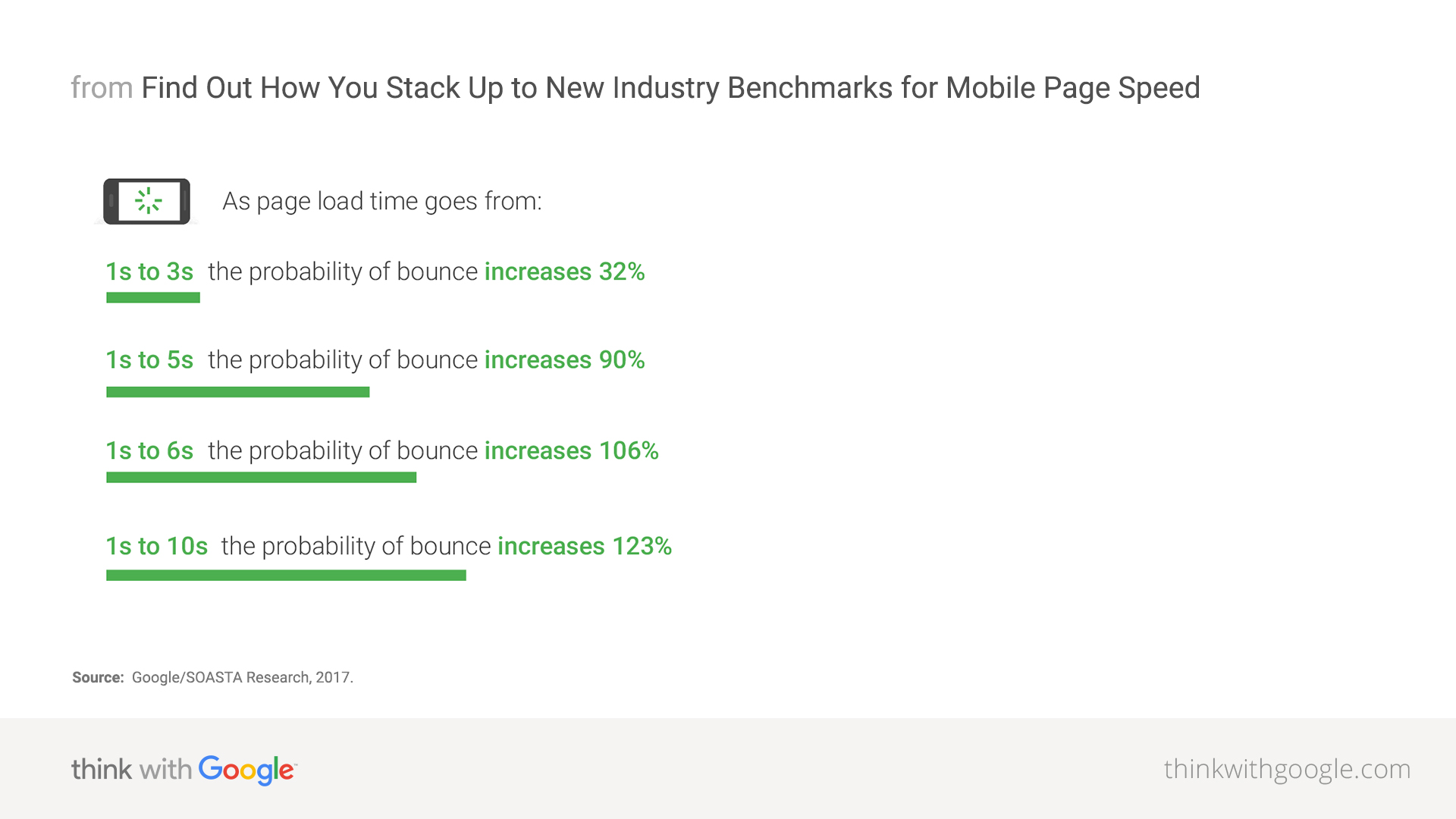
A study by Google found that 53% of mobile users abandon sites that take over three seconds to load.
Recommendations for Updating Website Design
Updating your website design can make a big difference. Here are some tips:
- Improve Load Times: Optimize images and use faster hosting services.
- Make It Responsive: Ensure your site looks great on all devices, including smartphones and tablets.
- Simplify Layout: Keep it clean and easy to navigate. Use white space effectively.
- Update Visuals: Use modern graphics and stay current with design trends. High-quality images and videos can enhance your site’s appeal.
- Enhance Navigation: Make sure users can find what they’re looking for quickly and easily. Use clear menus and logical page structures.
Following these recommendations can help you create a website that’s not only attractive but also effective in engaging visitors and converting them into customers.
Sign 6: Ineffective Content Marketing
Let’s chat about content marketing. It’s a powerful tool for attracting and retaining customers, but only if done right.
Role of Content Marketing in Attracting and Retaining Customers
Content marketing is all about creating valuable, relevant content to draw in your audience. It helps build trust, showcase expertise, and keep customers engaged.
According to Demand Metric, content marketing costs 62% less than traditional marketing and generates about three times as many leads.
Signs Your Content Isn’t Resonating with Your Audience
Wondering if your content is missing the mark? Here are some signs:
- Low Engagement: Few comments, shares, or likes on your posts.
- High Bounce Rates: Visitors leave your site quickly without interacting.
- Declining Traffic: Fewer visitors coming to your site over time.
- Minimal Conversions: Few leads or sales generated from your content.
A study by Content Marketing Institute found that 62% of businesses do not have a documented content strategy, which often leads to ineffective content marketing efforts.
Tips for Creating Effective Content
Creating content that resonates with your audience doesn’t have to be hard. Here are some tips:
- Know Your Audience: Understand their needs, preferences, and pain points. Create content that addresses these.
- Focus on Quality: Produce well-researched, informative, and engaging content. Quality over quantity.
- Use Visuals: Include images, videos, and infographics to make your content more engaging. Visual content is 40 times more likely to get shared on social media, according to Buffer.
- Optimize for SEO: Use relevant keywords and follow SEO best practices to increase your content’s visibility on search engines.
- Promote Your Content: Share your content on social media, through email newsletters, and other channels to reach a wider audience.
- Analyze and Adapt: Use analytics to track your content’s performance. Adjust your strategy based on what works and what doesn’t.
By implementing these tips, you can create content that not only attracts visitors but also keeps them coming back for more.
Sign 7: High Bounce Rate
Let’s dive into the concept of bounce rate. Understanding this metric is key to keeping visitors engaged on your site.
Explanation of Bounce Rate and Its Significance
Bounce rate is the percentage of visitors who leave your website after viewing only one page. A high bounce rate can indicate that visitors aren’t finding what they’re looking for, or that your site isn’t engaging enough to keep them around.
According to Google Analytics, a bounce rate between 26% and 40% is excellent, 41% to 55% is average, and above 70% is concerning.
What Constitutes a High Bounce Rate
So, what exactly is a high bounce rate? If more than 70% of your visitors leave after viewing just one page, it’s a sign that something is off. High bounce rates can result from several factors such as:
- Slow Load Times: Visitors won’t wait around for a slow site.
- Poor Design: An unattractive or confusing layout can drive visitors away.
- Irrelevant Content: If your content doesn’t match what visitors expect, they’ll leave quickly.
- Bad User Experience: Difficult navigation or too many ads can frustrate visitors.
Strategies to Reduce Bounce Rate and Keep Visitors Engaged
Reducing your bounce rate involves making your site more engaging and user-friendly. Here are some strategies:
- Improve Page Load Speed: Ensure your site loads quickly. Tools like Google PageSpeed Insights can help you identify and fix issues.
- Enhance Design and Layout: Create a clean, attractive design that’s easy to navigate. A well-designed site keeps visitors interested.
- Provide Relevant Content: Make sure your content matches visitors’ expectations. Use clear, compelling headlines and provide value.
- Optimize for Mobile: Ensure your site is mobile-friendly. With more people browsing on their phones, a responsive design is crucial.
- Use Clear Calls to Action: Guide visitors to take the next step with prominent and clear calls to action (CTAs).
- Improve Internal Linking: Encourage visitors to explore more of your site with relevant internal links. This keeps them engaged and reduces bounce rate.
Sign 8: Inconsistent Branding
Let’s talk about branding. Consistency in your brand’s appearance and messaging across all digital channels is vital for creating a strong identity.
Importance of Consistent Branding Across All Digital Channels
Consistent branding helps build trust and recognition. When your brand looks and sounds the same everywhere, it becomes easier for people to remember and trust you. According to Marq formerly Lucidpress, consistent branding can increase revenue by up to 23%.
Signs of Inconsistent Branding
How do you know if your branding is inconsistent? Here are some signs:
- Different Logos and Colors: Using various logos, colors, or fonts across your website and social media.
- Mixed Messaging: Inconsistent voice or tone in your content.
- Uncoordinated Visuals: Disjointed images or graphics that don’t follow a unified style.
- Irregular Posting: Sporadic content updates or varying quality across platforms.
A study by Forbes found that consistent brand presentation increases visibility and makes businesses look more professional.
Tips for Maintaining Brand Consistency
Maintaining brand consistency is key to building a strong identity. Here are some tips:
- Create a Brand Style Guide: Document your brand’s logo, colors, fonts, and tone of voice. Share it with everyone involved in creating content for your brand.
- Use Consistent Visuals: Stick to a unified style for images, graphics, and videos. Tools like Canva can help you create consistent visuals.
- Align Your Messaging: Ensure all content follows the same tone and voice. This includes your website, social media, emails, and ads.
- Regular Content Updates: Keep your content fresh and regularly updated. Consistency in posting helps maintain brand presence.
- Monitor and Adjust: Regularly review your branding across all platforms. Make adjustments as needed to stay aligned with your brand identity.
By following these tips, you can ensure your branding remains consistent across all digital channels. This will help build trust and recognition, making your brand more memorable to your audience.
By implementing these strategies, you can lower your bounce rate and keep visitors on your site longer.
Sign 9: Negative Online Reviews and Reputation
Let’s discuss the impact of online reviews. They can significantly affect your business’s reputation and success.
Impact of Online Reviews on Business Reputation
Online reviews are powerful. They can make or break a business. A study by BrightLocal found that 87% of consumers read online reviews for local businesses, and 94% of people say a negative review has convinced them to avoid a business.
Positive reviews build trust and attract new customers, while negative reviews can deter potential clients and harm your reputation.
Signs That Negative Reviews Are Affecting Your Business
Here are some signs that negative reviews are impacting your business:
- Declining Sales: A noticeable drop in sales or leads.
- Lower Ratings: Overall poor ratings on review sites like Yelp, Google, or TripAdvisor.
- Negative Feedback Trends: Recurring complaints or issues mentioned in reviews.
- Reduced Customer Inquiries: Fewer calls, emails, or visits from potential customers.
According to ReviewTrackers, businesses risk losing 22% of customers when just one negative article is found by users considering buying their product.
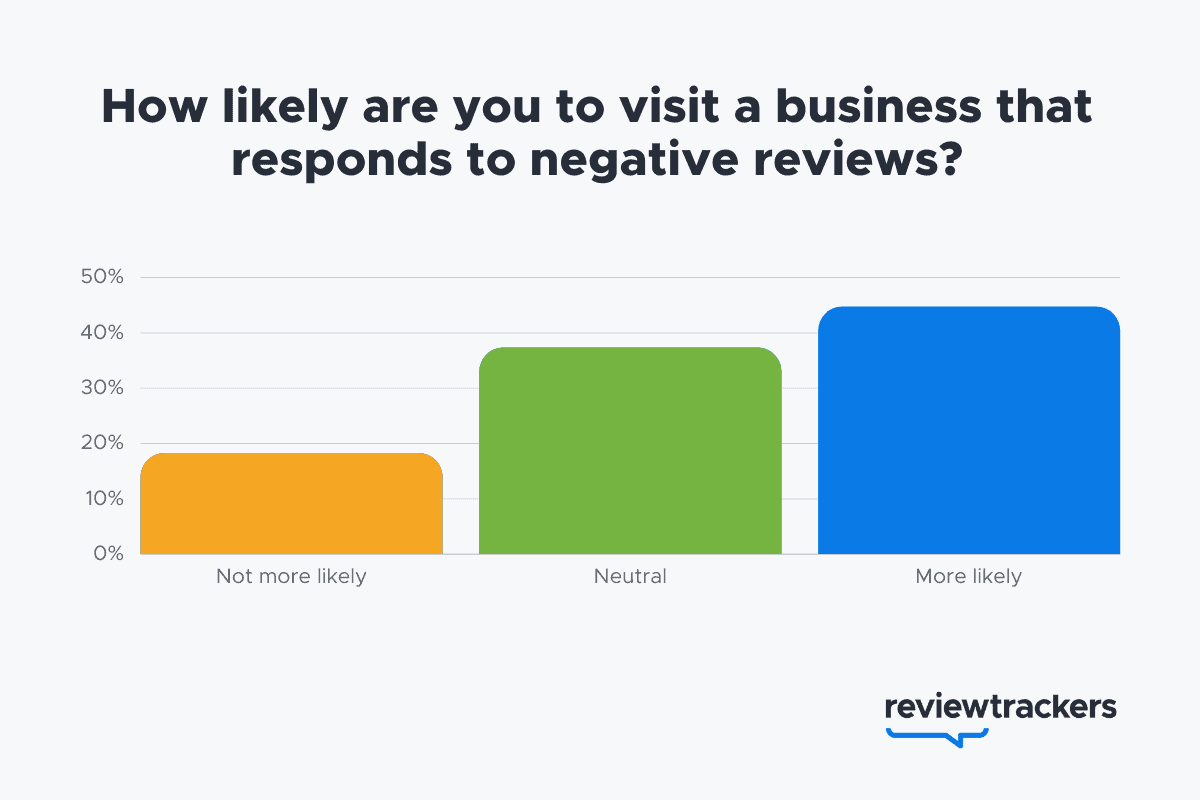
Strategies for Managing and Improving Online Reputation
Managing your online reputation is crucial. Here are some effective strategies:
- Monitor Reviews Regularly: Keep an eye on what people are saying about your business on review sites and social media. Tools like Google Alerts and Hootsuite can help.
- Respond Promptly and Politely: Address negative reviews quickly and professionally. Acknowledge the issue, apologize if necessary, and offer a solution. This shows you care about customer feedback.
- Encourage Positive Reviews: Ask satisfied customers to leave positive reviews. Make it easy for them by providing links to your review profiles.
- Improve Customer Service: Ensure your team is providing excellent customer service. Happy customers are less likely to leave negative reviews.
- Learn from Feedback: Use the feedback from reviews to improve your products or services. This proactive approach can help prevent future negative reviews.
- Showcase Positive Reviews: Highlight positive reviews on your website and social media. This helps to balance the impact of any negative feedback.
By implementing these strategies, you can better manage and improve your online reputation. This will help you build trust, attract new customers, and retain existing ones.
Sign 10: Lack of Data-Driven Decisions
Let’s talk about the importance of using data to guide your marketing strategies. In today’s digital landscape, data-driven decisions are essential for success.
Importance of Using Data to Guide Marketing Strategies
Data-driven marketing involves using data analytics to inform and optimize your marketing strategies. It helps you understand your audience, track performance, and make informed decisions.
According to Forbes, businesses that use data-driven marketing are six times more likely to be profitable year-over-year.
Signs Your Decisions Aren’t Data-Driven
How do you know if your marketing decisions aren’t based on data? Here are some signs:
- Guesswork Marketing: Relying on hunches or assumptions rather than concrete data.
- No Performance Tracking: Lack of metrics to measure the success of your campaigns.
- Ineffective Campaigns: Poor results from marketing efforts without understanding why.
- Unclear Audience Insights: Limited knowledge about your target audience’s behavior and preferences.
A study by Razorfish found that 76% of marketers fail to use behavioral data for online ad targeting, which limits their ability to create effective campaigns.
Tools and Methods for Incorporating Data into Your Marketing Efforts
Incorporating data into your marketing efforts doesn’t have to be complex. Here are some tools and methods:
- Use Analytics Platforms: Tools like Google Analytics and Adobe Analytics provide insights into website traffic, user behavior, and campaign performance.
- Customer Relationship Management (CRM) Software: CRM systems like Salesforce and HubSpot help you track customer interactions and gather valuable data.
- Social Media Analytics: Platforms like Hootsuite and Sprout Social offer analytics to measure social media engagement and performance.
- A/B Testing: Experiment with different versions of your content or ads to see which performs better. Tools like Optimizely can help.
- Surveys and Feedback: Collect feedback directly from your audience using tools like SurveyMonkey or Typeform.
By leveraging these tools and methods, you can gather and analyze data to make informed marketing decisions. This will help you optimize your strategies, improve campaign performance, and ultimately drive better results.
Conclusion
We’ve covered a lot of ground in identifying the signs that your business might need a digital marketing overhaul. Let’s quickly recap:
1. Declining Website Traffic: Fewer visitors can signal underlying issues.
2. Low Conversion Rates: Visitors aren’t turning into customers.
3. Poor Search Engine Rankings: Your site isn’t visible in search results.
4. Lack of Social Media Engagement: Minimal interaction on social platforms.
5. Outdated Website Design: An old-fashioned or hard-to-use site.
6. Ineffective Content Marketing: Content that fails to engage or attract.
7. High Bounce Rate: Visitors leaving your site quickly.
8. Inconsistent Branding: Mixed messages and visuals across channels.
9. Negative Online Reviews and Reputation: Poor feedback affecting your business.
10. Lack of Data-Driven Decisions: Making choices without solid data.
Take a moment to assess your current digital marketing strategies. Are you seeing any of these signs? Identifying these issues is the first step to making impactful changes.
If you recognize these signs in your business, it’s time to act. Consider partnering with a professional digital marketing agency to help implement the necessary changes. They can provide the expertise and tools to revitalize your digital marketing efforts and drive better results.
At Vrinda Digital Services, we specialize in comprehensive digital marketing overhauls. Our team of experts is dedicated to helping your business thrive in the digital landscape.
We offer services ranging from SEO and content marketing to social media management and website design.
Ready to take your digital marketing to the next level? Contact us today for a free consultation. Let’s work together to create a tailored strategy that meets your business goals.
Reach out now and let’s start your digital marketing overhaul journey!



